Many years prior to the attack on the US Navy that marks the beginning of World War II for the United States, the Empire of Japan had invaded China. This war of occupation was a massive effort on the part of Japan’s military, involving more than 2 million troops at its height. When the war spread into the Pacific in 1941, the siphoning off of seasoned troops to fight on the new front presented a significant logistical problem of the Imperial Army – how could it maintain the necessary troop strength in China while also fighting the Americans? The answer was to increase the use of native Chinese troops under a series of puppet governments – between 500,000 and 900,000 men. Many of these men were undoubtedly poorly trained and poorly equipped, but the could at least perform duties like guarding railroads, thus freeing up the more skilled and experienced Japanese troops for places they could be more effectively used.
Poorly equipped or not, these Chinese soldiers would need some sort of guns. Arms captured from the enemy Nationalists and the KMT were one way Japan could cheaply arm them, but more was required. At some point (we are not sure exactly when), five Chinese manufacturing concerns began to manufacture rifles for the Japanese to issue to Chinese troops. These rifles were basically copies of the Type 30 Arisaka carbine (aka “hook safety”) but chambered for the 8mm Mauser cartridge. The 8mm was a common cartridge in China at the time, and its use would have made good logistical sense for the Japanese to provide (the Japanese controlled arsenal at Tientsin manufactured both 6.5mm Japanese and 8mm Mauser ammunition for many years during the war).
This first set of rifles is known to the collecting community as the North China Type 30 (you can see another good set of photos of one here), although it is not known what the rifle’s official Japanese designation was – there are very few records available regarding these guns, and much of the history is supposition based on the characteristics of documented rifles. The North China Type 30 was a reasonably high quality rifle – the workmanship was not as good as the Japanese homeland arsenals, but it was not a “last ditch” rifle, so to speak. It had a flip-up ladder sight like the true Type 30, and the receiver was marked with the emblem of a cherry blossom (not the Imperial chrysanthemum). In total, an estimated 38,500 of these North China Type 30 carbines were made (all carbines; no full length rifles).

By 1944, it appears that the need to supply Japanese troops in northern China had become more urgent than supplying the Chinese puppet troops, and these Chinese concerns that had been making the North China Type 30 changed their tooling up to make the North China Type 19 instead. This was a more modern Type 38 copy, chambered for the 6.5mm Japanese cartridge. While 8mm was easily available in China, official Japanese Army supplies did not use it – the 6.5mm had always been the predominant cartridge used in Chinese fighting (the 7.7mm saw much more use in the Pacific than in China). Despite being copied from the Type 38 carbine, the North China Type 19 retained a distinctive “pot belly” stock design. They also had the same cherry blossom crest on the receiver, although it was now paired with a series of 5 kanji that translate to “North China Type 19” (hoku – ushi – shiki – ichi – ku).
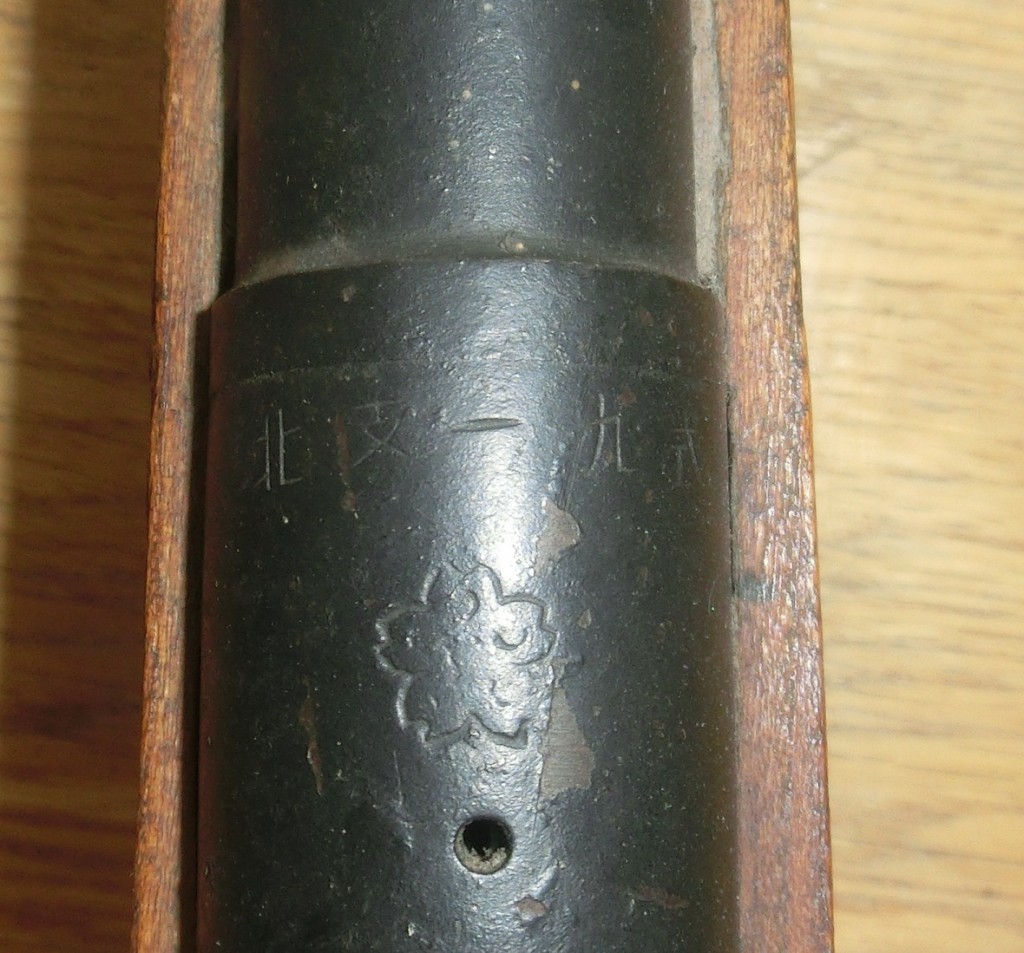
While the Type 30 copies appear to have been fairly uniform in construction, the Type 19 shows significant degradation as the war neared its end. The best quality North China Type 19 rifles have flip-up ladder sights, typical sling swivels, a blued finish, and knurled safety knobs. Others, however, show all the same cost-reducing modifications that are seen on late Type 99 Arisakas. We have a set of photographs of a very late example below, which has a flat safety, crude fixed rear notch sight, wooden buttplate, no sling swivels, and overall very crude workmanship. The finish on this rifle is in fact just a coat of black paint – it is in remarkably good condition, but you can see where bits have flaked off in some of the photos.
Like some typical Arisakas, this Type 19 exhibits both a serial number on the receiver sidewall and a 3-digit assembly number on the significant parts. The serial number and assembly number are not related, and so this should not be mistaken for a mismatched gun. Here are the numbered parts on this particular example:
Little else is known about the North China Type 19, including exactly who made them and where (the best guess right now is Beijing), how many were made, who they were issued to, and so on. Considering the chaos in China from fighting the Japanese and then a civil war, it is unlikely that we will ever find definitive records on these rifles. They are quite rare in the US, and typically command substantial prices if sellers know what they are.
References
Allan, White, and Zelinski. The Early Arisakas. AK Enterprises, Palm Coast FL, 2006. Frank Allan also has written a massive book on the Type 38 which I have not yet acquired, but which does include a section on the North China Type 19. It can be ordered direct from the author at Castle-Thunder.com.


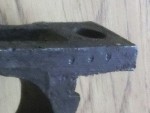

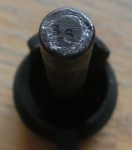


















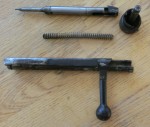








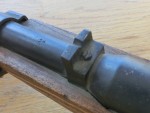
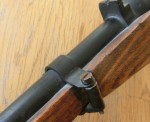
I recently obtained a rifle that looks almost identical to the one linked in the third paragraph of this article. Is there anywhere I can find more information on it? Or would pictures or anything assist in any research or anything?
If you can send me some photos of the gun and markings (admin@forgottenweapons.com), I’d be happy to see what I can tell you about it.
My father brought one of these back from his postwar (’45-’46) service in the Marines in Northern China. It came fitted with a Type 30 Japanese bayonet, is in very good condition, and I occassionaly shoot it with 6.5mm Jap (no slur intended) ammo. It’s not quite as last ditch as the one you show above (e.g. metal buttplate). It’s a very interesting weapon mostly due to its mysterious origins and its rarity. I’d be happy to share pictures if you’re interested. Like you said, not many of these little gems around. Also, as you mentioned, Francis Allen does give it a chapter in his exhaustive Type 38 book.
So what is a North China Type 19 worth?
I acquired my North China Type 19 from my neighbor, along with an Arisaka Type 99 he brought back from his service over seas. I paid him 200 for both rifles plus a couple boxes of ammo. Sadly, he had both rifles sporterized by cutting the stocks down and having the bolt handles bent down. Since I received them, I brought the type 99 back to it’s former glory, but can’t find an original stock and forearm bands for the type 19.
I see that you’ve written this about 9 years ago. But…I just acquired an older Japanese WWII firearms collection. And one of the Type 19 Chinese Arisaka carbines was in it.
Chinese marked Type 19 Arisaka carbine, 6.5mm, cherry blossom on top of the receiver and 5 kanji that translate to “North China Type 19”, orig. blue turned patina, no bad rust, sound orig. stock (one piece), sling swivels, bayonet attachment, carbine ladder type rear sight, very good bore, not grooved for dust cover, proper s/n and parts marked with different assembly number, s/n 5827.
How do I send pictures?
Have a blessed day, David
I have one of these but she is in very rough shape